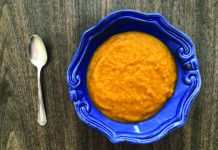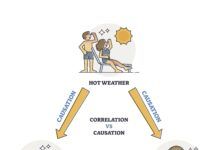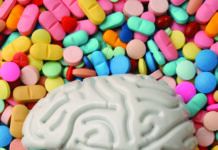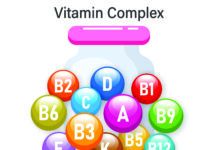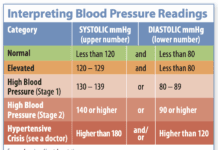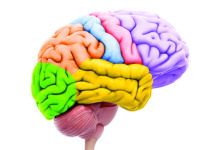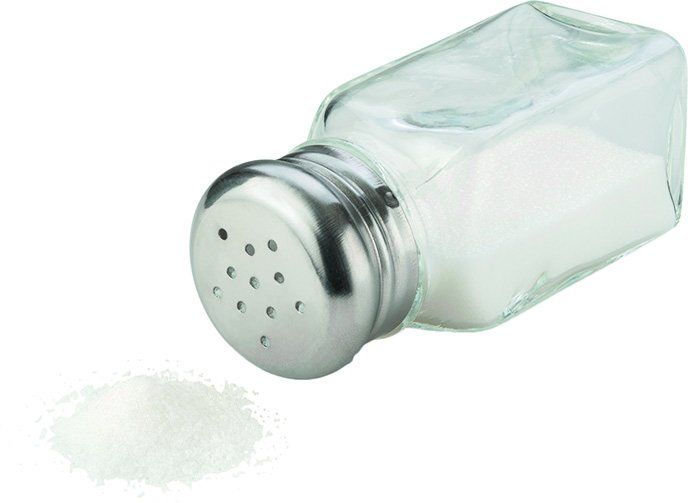The latest Dietary Guidelines for Americans call for limiting sodium intake to no more than 2,300 milligrams daily. Although the 2015 revision put less emphasis on more restrictive limits for people 51 and older, African-Americans, and those with hypertension, diabetes or kidney disease, that shouldn’t be interpreted as a green light to load up on salt.
“Nearly all Americans consume more than 2,300 milligrams a day, so choosing low-sodium foods should be a priority for all,” points out Dariush Mozaffarian, MD, DrPH, dean of Tufts’ Friedman School and editor-in-chief of the Health & Nutrition Letter.
But if you were to judge by some of the nutrition “information” promulgated on the Internet, Americans’ biggest worry about salt isn’t getting too much – it’s the supposed danger of not getting enough.
It’s true, of course, that the human body requires some sodium from the diet in order to function; sodium is needed to maintain blood pressure and for nerves, muscles and other tissues to work properly. But given the prevalence of sodium in the form of salt (sodium chloride) in the American food supply, it’s difficult not to consume plenty. Crucially, most dietary sodium does not come from the salt shaker: A whopping 80% of the sodium in the American diet comes from processed, packaged and restaurant foods, rather than what is added by consumers during cooking or at the table.
Many myths and half-truths about the “risks” of reducing sodium intake persist. Here’s a reality check on six of the most common such claims:
THINKSTOCK
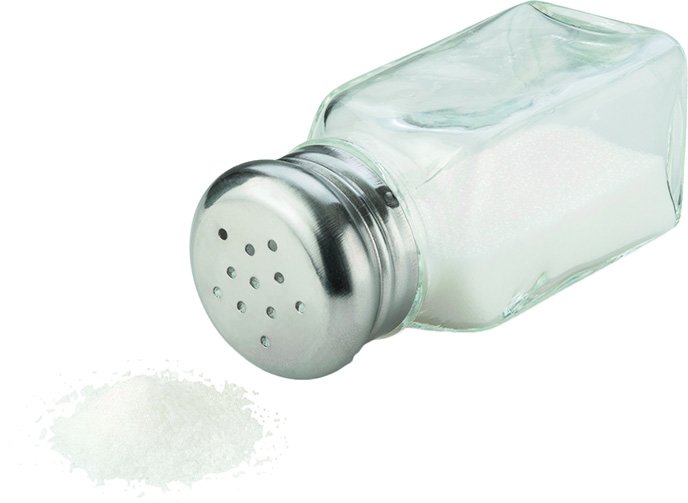
Claim #1: Reducing salt intake increases insulin resistance. Yes, it’s true that some studies have shown low-salt diets are associated with a modest increase in insulin resistance, likely due to higher levels of compounds called aldosterone and renin. When the body doesn’t respond properly to insulin, you’re at greater risk of type 2 diabetes as well as heart disease. What’s unknown is whether these effects are clinically important.
“These are small effects, and also thought to be seen with large acute decreases, not chronic gradual decreases,” Dr. Mozaffarian stresses. “The question is whether these small effects outweigh the more meaningful effects of sodium on blood pressure, as well as other long-term, blood pressure-independent harms of too much sodium on blood vessel, heart and kidney scarring and fibrosis.”
Claim #2: A 30-country study proves that high salt intake is a stable, biologic human need. A study of 100,000 people in 30 countries did find that average salt intake was at least 50% higher, and often much higher, than what dietary guidelines recommend. “This study showed that salt intake is stable within countries,” Dr. Mozaffarian explains, “but its key finding was that salt intake between countries varied dramatically, by many-fold. This provides clear, empiric evidence that there is no biologic or taste ‘set-point’ for salt in humans. People in low-salt nations don’t complain about their food being bland, and those in high-salt nations don’t fuss over foods tasting too salty. The human taste for salt is highly and rapidly adaptable.”
A more recent, more comprehensive 180-country study led by Dr. Mozaffarian shows this clearly. (See the November 2014 Special Report.) In a separate study, the researchers estimated that this excess global sodium intake (above 2,000 milligrams/day) contributes to about 1.65 million worldwide deaths every year from cardiovascular causes.
Claim #3: Reducing salt doesn’t reduce heart-disease risk – and may even increase it. “Some observational studies, but not others, suggest a U-shaped relationship between sodium intake and heart disease – in other words, lowest risk at medium, rather than lowest, intakes,” Dr. Mozaffarian acknowledges. “This U-shape may be readily explained by established causes of bias in such studies, such as people with high blood pressure or other risks actively lowering their salt intake, or those with very low physical activity (and thus calories) having low total salt intake. And there is little biologic rationale to explain a U-shape. Studies that have the fewest such limitations tend not to show any U-shape.”
Dr. Mozaffarian notes that more research is needed to establish the precise optimal level of sodium intake, but that virtually all studies find that very high salt intake increases stroke and heart disease. All national and international organizations conclude that sodium intake should be lowered from current levels, typically to a goal of around 2,000 milligrams a day.
Claim #4: Among patients with heart failure, reducing salt consumption increases the risk of death. False. The studies purporting to show this connection were almost all from a single center in Italy, very poorly designed, and with serious questions about the validity of the data. Dr. Mozaffarian concludes, “This is bunk.”
Claim #5: You shouldn’t reduce salt intake because it will increase bad cholesterol. Similarly to claim number one, it’s true that some studies have linked low-salt diets to small increases in LDL cholesterol and triglycerides. But these findings are in the minority and the possible downsides are far outweighed by the significant benefits of salt reduction against hypertension and cardiovascular disease.
Claim #6: Reducing salt puts you at risk of hyponatremia. False. Due to the body’s regulatory mechanisms, hyponatremia – having low levels of sodium in the blood – is actually determined by your intake of water, not salt. The control mechanisms work so well that in healthy people, it’s nearly impossible to cause hyponatremia by changing your intake of water or salt. If you become severely dehydrated, most often caused by significant vomiting, diarrhea or extreme sweating, hyponatremia can be seen, and then replenishing the body’s salt is important. But cutting salt from the diet is not a culprit here.


